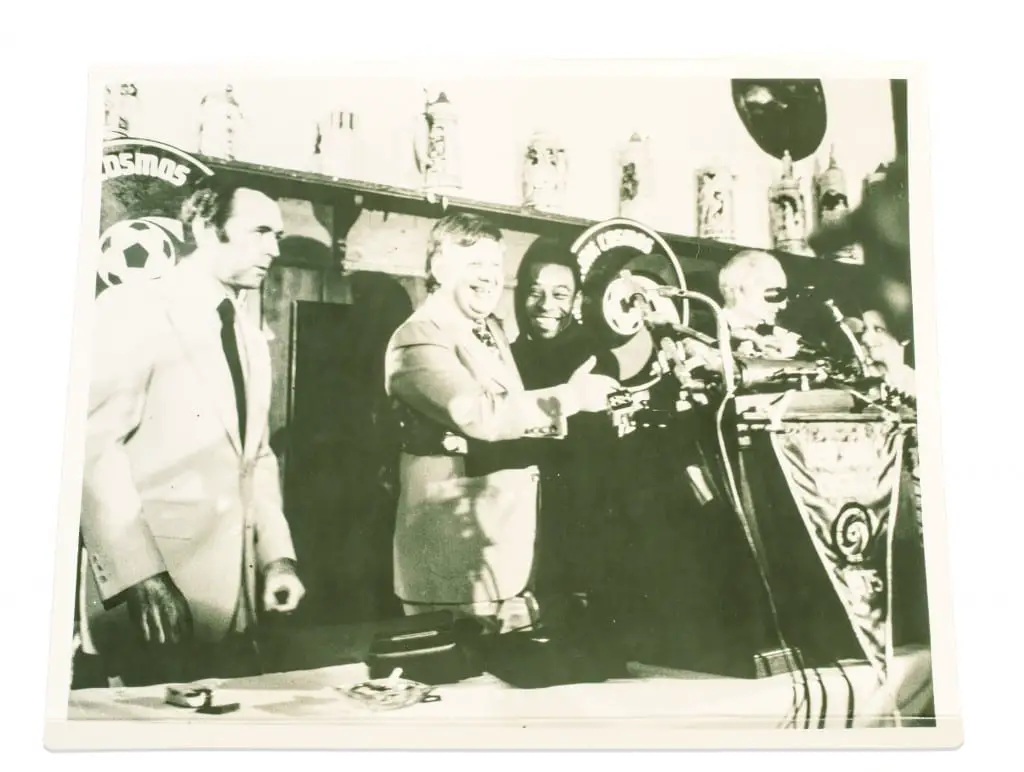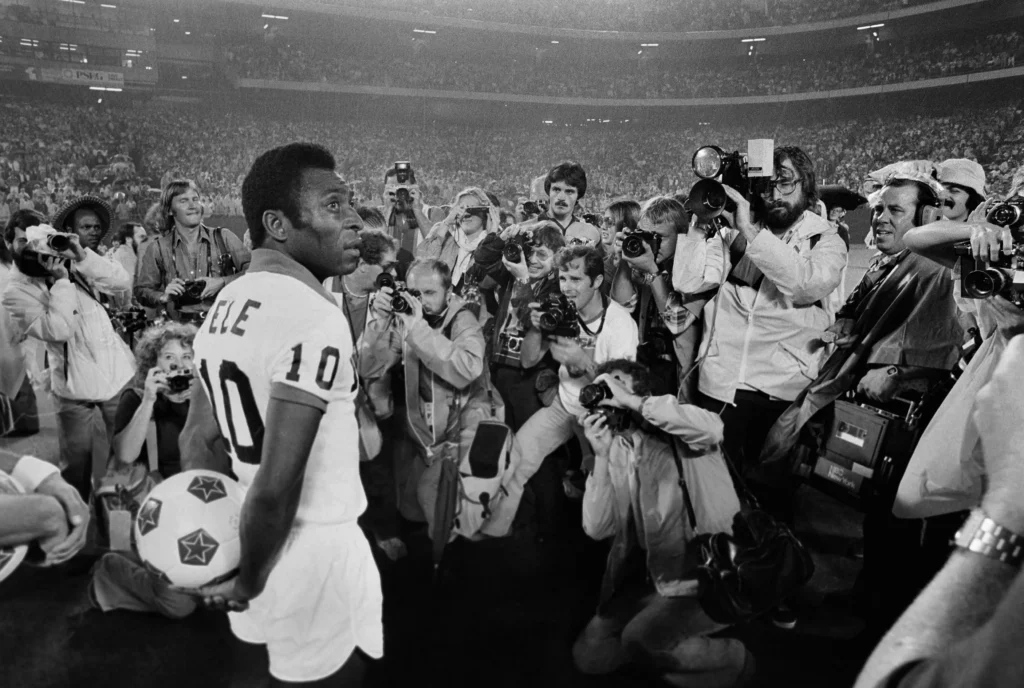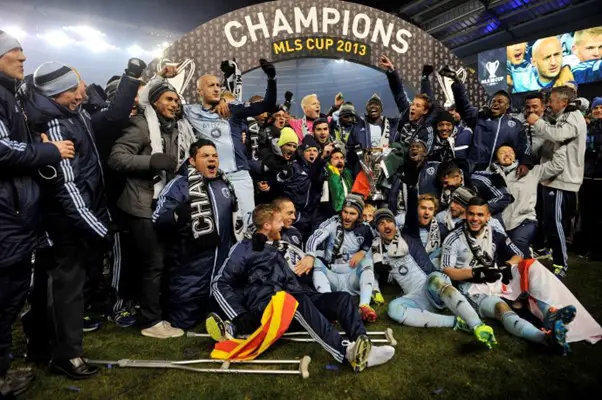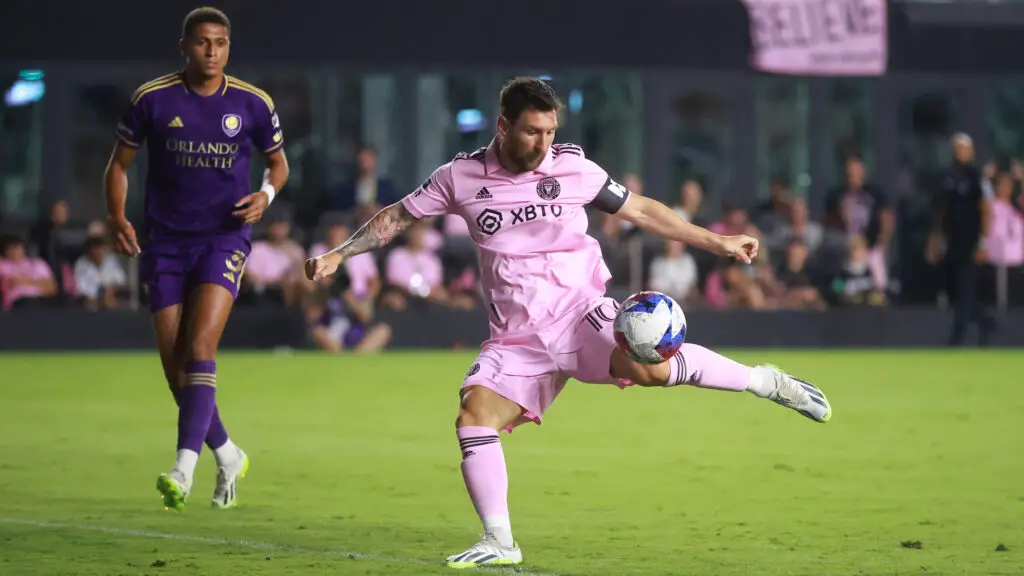Messi’s recent Inter Miami transfer has taken the entire world by storm, without a doubt. His presence alone has already elevated the MLS to new heights, with millions of European fans pulling all-nighters and finding any means necessary to watch perhaps the greatest of all time.
He has scored 7 in just 4 matches so far, winning Man of the Match in every game, save for his debut in which his 20-minute cameo from the bench resulted in a 93rd-minute moment of Messi magic, winning the game in the final few seconds with a sublime free-kick.
It’s safe to say that Inter Miami’s acquisition of Leo has thrown a spanner in the works when it comes to football betting. It’s hard to find a decent return for Inter Miami, as odds have shifted drastically in a matter of days. The once-struggling side is suddenly looking like the best team in the MLS, having won every Leagues Cup game Messi has appeared in, despite sitting rock-bottom of the Eastern Conference.
But, as much as a coup Messi has been for the MLS, it likely would never have happened, had one of his rivals in the G.O.A.T (Greatest of All Time) debate not helped popularise football/soccer in America first.
This is the story of Pelé’s 1975 move to the New York Cosmos.
The King in New York

But, a new opportunity beckoned. This wasn’t just a chance to play football elsewhere, nor was it just about a new challenge or a sizeable paycheck(though it without a doubt helped things). Pelé was essentially poised to become the ambassador of Soccer in America.
His contract signing with the club was highly publicised, with hundreds of reporters squeezing into the upstairs room of club ‘21’ as if he were the latest pop sensation. All clamouring to get just a single clear picture of the ‘scorer of 1000 goals’.
The room was filled with viscous murmuring. Pelé was running late, only adding to the discomfort of the reporters. As time dragged on, their doubts grew.
Pelé would, however,arrive. Though he was over an hour late and by this point the reporters had driven themselves into a frenzy, his unintentional tardy-ness building hype to unsustainable levels. Reporters were clambering over each other to get a clear picture of Pelé.
Tables were simply used as leverage for better angles, glasses swept carelessly to the floor. Pelé was all that mattered.
But, the question on everyones mind, was what had held him up so long?
Upon reading the contract further, Pelé, and his lawyers, had noticed an issue in the contract. He was stated as a football player, which meant paying a boatload of tax. By changing his role to ‘recording artist’, Warner could appease Pelé. However, such a claim was not that far of a stretch, nor was it particularly difficult for them. Through subsidiary ‘Atlantic Records’, they signed Pelé on as a recording artist.
Luckily, Pelé had actually had two hit songs in Brazil, making the revision a lot less questionable.
Pelé was happy, and having now arrived to the clambering masses, signed his name on the dotted line.
The New York Cosmos themselves were in for an unfathomable upgrade.
A Giant Leap for Soccer
At this point, American soccer was very different to today. The top teams were still largely made up of part-timers and semi-professionals. In 1972 only 6,000 people showed up when The New York Cosmos won the title, half had received their ticket for free with a Burger King meal.
Pelé was about to bring a level of football not even dreamt of in the U.S.A. Overnight, Pelé’s arrival transformed the New York side into a worldwide name.
His first game came against Dallas Tornado. The pitch/ stadium was just short of derelict. The groundsman even spray-painted the grass green for the television, to make the pitch look nicer. This resulted in Pelé getting paint on his leg which he briefly believed to be an infection of some sort from the pitch, before it was wiped off.
With the arrival of just one player, Soccer was propelled into unprecedented popularity.
New York Cosmos games went from barely selling 3,000 tickets to locking the gates at 22,500 attendees. Europeans, South Americans, and soccer fans across the globe tuned into radio, TV, newspaper reports, and whatever info on Pelé’s exploits in America they could get their hands on.
The club was run by a skeleton crew, out of a shoddy office, that was barely equipped for life before Pelé, let alone after. Out of nowhere, the club were left to deal with a never-ending slew of media requests and ticket orders.
Pelé was so out of anyone else’s league, that the Cosmos players themselves had to make sure they didn’t just watch in awe while playing matches.
Pelé would go on to score 37 goals in 64, but his real achievement was the growth in soccer’s popularity that he facilitated. In 1977, Pelé drew a record 77,891 spectators for their ‘Soccer Bowl’ quarter-final game.
The crowd were rewarded, The Cosmos ran out 8-3 winners…
The Aftermath

Many speculating such would be the case. But, as much as Pelé’s career couldn’t last forever, his time in America had done two priceless things for Soccer. Firstly, it exposed millions across America to the art of the beautiful game. As great as Pelé was, if Soccer was inherently a boring game, the amount of support he brought with him would have been minute in comparison.
They came for Pelé and stayed for Soccer.
But most importantly, Pelé had exposed the world to American Soccer. It had glamour. It had pull. It had an influence on great players. Yes, it was a place for great players to finish their careers, but those players were still leagues above senior soccer in America before Pelé’s arrival.
Players such as Beckenbauer, Johan Cruyff, Carlos Alberto, Bobby Moore, George Best, Gordon Banks, and even Eusebio were all influenced by Pelé’s move.
Sadly, In the 1980’s the NASL struggled to sustain itself, with America in the midst of a recession, owners simply couldn’t afford big player wages anymore, with revenue from the games no longer able to keep clubs in the black.
The NASL would dissolve in 1984, but even with Pelé having been retired for 7 years, interest in the sport was still up considerably compared to pre-1975 interest.
After Pelé’s retirement, average attendance actually rose, possibly due to the fact that people weren’t trying to get tickets for just the one team.
Soccer was on the minds of more Americans than ever before, even in the NASL’s final season.
Before Messi’s transfer, it’s safe to say that Soccer in America’s viewing figures had certainly dwindled since the almost 80,000 that turned out to see Pelé, but interest over the years has steadily increased after the creation of the MLS, with Messi now spiking figures to whole new levels, similat to how Pelé puished the league to the next level.
Messi has already started to elevate Soccer to a higher level, but Pelé had set the foundations before him.
Without Pelé’s transfer to America, it’s almost certain that American soccer would be nowhere near the level to accommodate even some of the MLS’ best players that aren’t Messi, let alone the G.O.A.T himself.
| Season | Teams | Games | Attendance | Network TV (games) |
|---|---|---|---|---|
| 1968 | 17 | 32 | 4,699 | CBS |
| 1969 | 5 | 16 | 2,930 | None |
| 1970 | 6 | 24 | 3,163 | |
| 1971 | 8 | 24 | 4,154 | |
| 1972 | 14 | 14 | 4,780 | |
| 1973 | 9 | 19 | 5,954 | |
| 1974 | 15 | 20 | 7,770 | CBS (1) |
| 1975 | 20 | 22 | 7,642 | CBS (2) |
| 1976 | 20 | 22 | 10,295 | CBS (2) |
| 1977 | 18 | 26 | 13,558 | TVS (7) |
| 1978 | 24 | 30 | 13,084 | TVS (6) |
| 1979 | 24 | 30 | 14,201 | ABC (9) |
| 1980 | 32 | 32 | 14,440 | ABC (8) |
| 1981 | 21 | 32 | 14,084 | ABC (1) |
| 1982 | 14 | 32 | 13,155 | None |
| 1983 | 12 | 30 | 13,258 | |
| 1984 | 9 | 24 | 10,759 |





